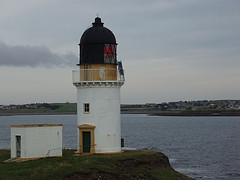In 1995, a volcanic eruption with associated phenomena destroyed the capital of Montserrat, Plymouth, after the town had been evacuated. Magma pushed up from the interior of the earth to build a dome of lava (same as magma, but present on the surface), which subsequently collapsed. A wall of ash and lava (a so-called pyroclastic flow) raced down the mountain in searing temperatures (several hundred degrees Celsius) and enveloped the town's buildings.
A new lava dome is reported to be building at a high pace, and the Montserrat government has therefore ordered the evacuation of the area of Belham Valley. If the dome collapses, similarly destructive events could ensue.
It was a pyroclastic flow that enveloped the town of Pompeii in 79 AD during the eruption of Mt Vesuvius near present-day Naples. Pompeii was entombed in 20 feet of ash. Those that died perished as a result of the intense heat and suffocation. Vesuvius last saw an eruption in 1944, and has been increasingly quiet since then. This is NOT good news, because it means that pressure is gradually building up within the volcano. If Vesuvius erupts again, the Italian authorities are looking at evacuating more than 1 million people from around the volcano.
Technorati Tags: volcano, montserrat, vesuvius
Saturday, 6 January 2007
Subscribe to:
Post Comments (Atom)












That is very interesting. Don't you wish we had pictures of that!
ReplyDeleteLori